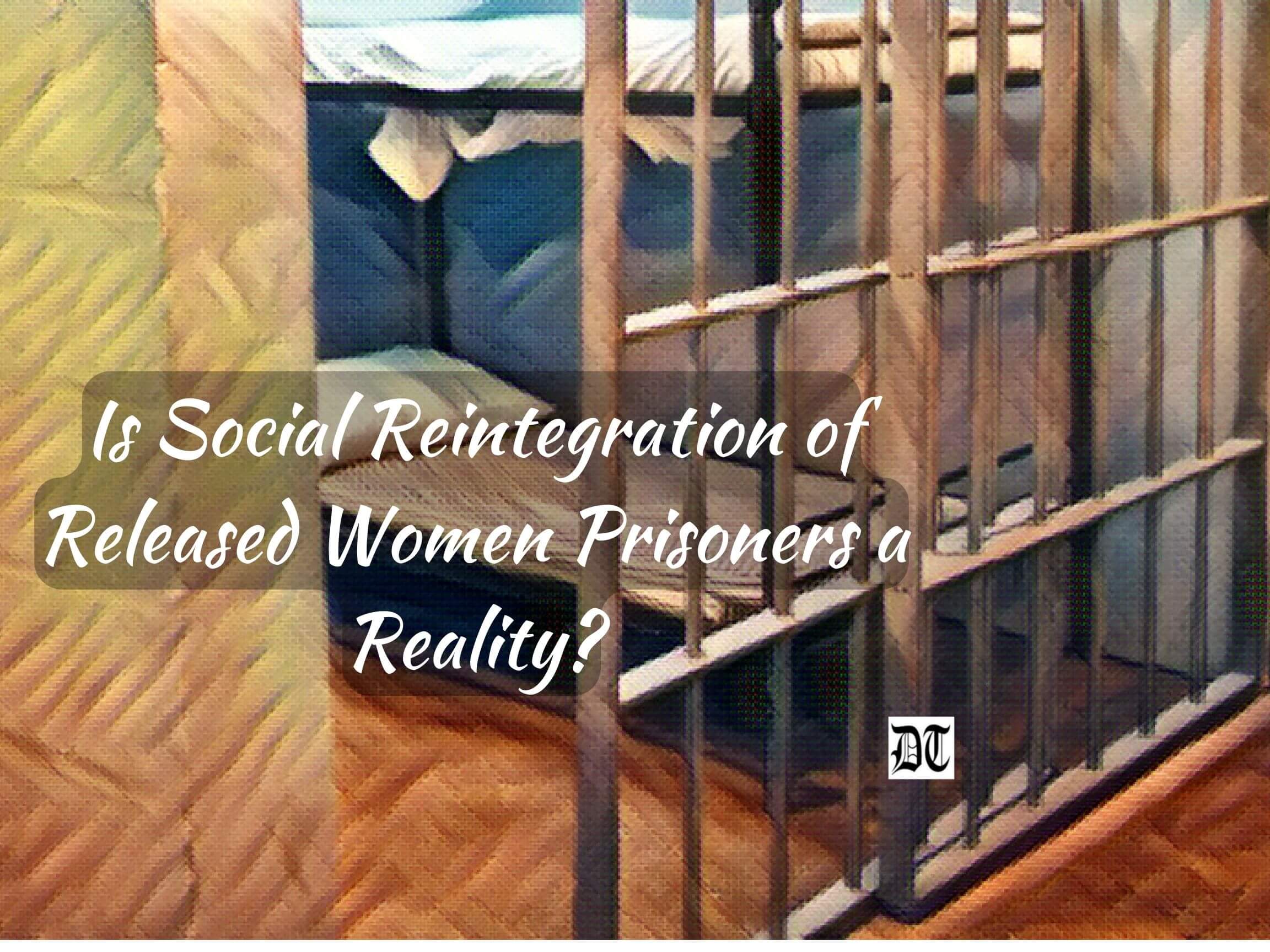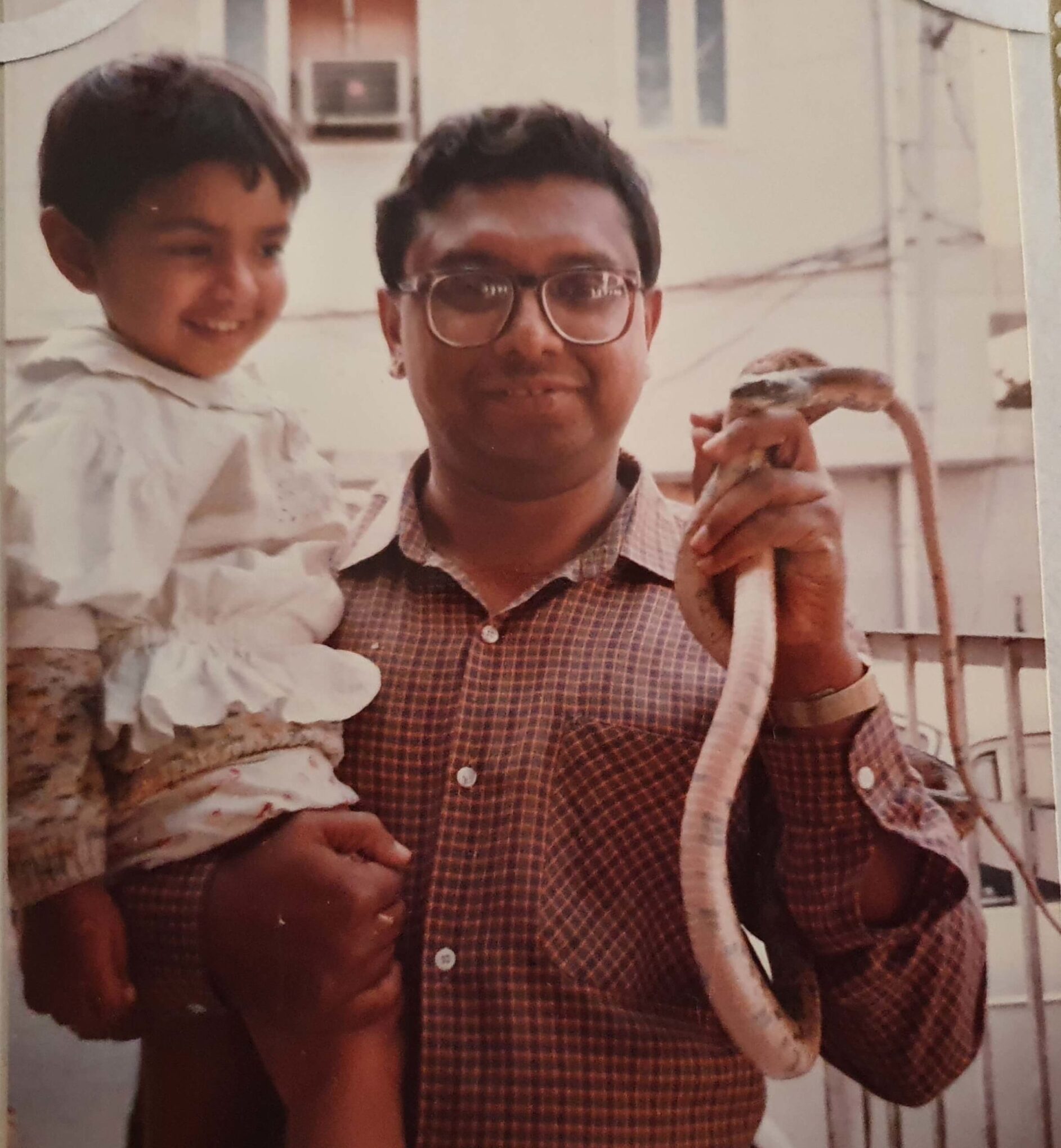The resource deficiencies in capacitating and empowering the prison inmates leads to financial deprivation and vacuum in the lives of released women prisoners wherein recidivism overpowers, analyses Dr. Tinku, exclusively for Different Truths.

Prisons are one of the most coercive, secretive, and intriguing institutions that create an ambience of fear, apprehension and non-cooperation for informal intervention, be it in the form of action-oriented research or research in the pure sense. Delving deep into the realms of the milieu of the prison environment, living and struggle is a struggle.
The Indian judiciary has been struggling with growing offences and consequentially innumerable arrests, overcrowded jails, and ever-increasing pending files with the courts. The status of women undertrials becomes specifically more precarious given their doubly disadvantaged status in the society. Despite these realities there is a significant traditional indifference towards criminal justice. It is the poor, the unemployed, the visible minorities, the powerless, and those ostracised for their sexual orientation that are most frequently criminalised by the system.
Across the world, prisons are increasingly used as instruments of social control. With its huge undertrial population in jails, India is headed in the same direction.
Across the world, prisons are increasingly used as instruments of social control. With its huge undertrial population in jails, India is headed in the same direction. With no separation in accommodation of the undertrial prisoners who are locked up along with the convicts, the concerns of UTs become even more grave. The convicted lifers or the prisoners who have spent more than five years in jail (a reasonable period) bear a tendency to become accustomed and dominating.
During the study it was very difficult to enumerate the undertrials since they were very apprehensive that anything they speak would prove detrimental in their legal battle for release. So, there was total non-cooperation from their end. It was only when the deputy jailor instigated the women enrolled for work (like the writers and Nambardarins) that they agreed half heartedly to reveal. Further, when a few women were interviewed, other women gradually consented, sensing no fear. This empirical observation and experience reveal the extent of fear and apprehension UT women face.
Life in Prison
The Central Jail of Naini has witnessed several instances of conflicts and clashes between the prisoners and prison administration especially on account of their indecent living standards with quality of food, health, and hygiene. Not only there seems to saturation amongst the inmates regarding their dreaded living in prisons but also no hope for release aggravates their psychological trauma. These have serious repercussions on the physical and mental health of the inmates who either become violent and aggressive or become suicidal. This is true especially in the case of the main Central prison of Naini while the situation of the Mahila Jail does not look so grim.
About 97 life convicts pleaded to the President for death as death is better than a life term in their opinion.
About 97 life convicts pleaded to the President for death[1] as death is better than a life term in their opinion. These prisoners, all sentenced to life imprisonment and lodged in Allahabad’s Naini Central Jail, have completed 14 years behind bars. A lifer in India usually had to spend 14-20 years in jail. The SC states that the expression ‘imprisonment for life’ must be read in the context of Section 45, IPC. Under that provision the word ‘life’ denotes the life of a human being unless the contrary appears from the context. We have seen that the punishments are set out in Section 53, imprisonment for life being one of them. Read in the light of Section 45 it would ordinarily mean imprisonment for the full or complete span of life….”[2] Pleading in this reference these prisoners have written to the President saying they would prefer euthanasia to spending more time within the four walls of their prison cells. Most of the prisoners were convicted in murder cases, most of them over land disputes.
Issues of Released Women Prisoners Related to Justice
| · Social Humiliation: Women prisoners who were released from jail faced tremendous social humiliation. They were not called in social gatherings and festivals/functions. · Rehabilitation – A Total Failure: Though no concerted efforts were taken up with the specific objective of reformation of the women prisoners and their meaningful rehabilitation, yet the fruits of promotion of higher/education (amongst the already interested inmates) does seem to create a positive ambience. But there were no conscious efforts on the part of the prison authorities to incorporate vocational training or skill development courses to capacitate women to lead a better life post release. · Traceless Rehabilitation: These women went traceless to hide from social humiliation. None of the women we interviewed were found in the addresses provided by the concerned police stations. |
It is needless to conclude that the women who lived a hard prison life with all deprivations, and struggle find it difficult to reunite with the society…
After analysing the impact of the poor and vulnerable living conditions of women in prison and their rehabilitation or so-called release in the society without any social security and skill enhancement. It is needless to conclude that the women who lived a hard prison life with all deprivations, and struggle find it difficult to reunite with the society, which is already negative minded and reluctant to absorb. Coupled with joblessness, non-acceptability of one’s own people and vacuum after entry into a non-encompassing society can be unbearable and often leading to recidivism. The resource deficiencies in capacitating and empowering the prison inmates with education, skill generation, employment, and so on, leads to financial deprivation and vacuum in the lives of released women prisoners wherein recidivism overpowers.
It was found that there was high correlation between previous involvement in crime, magnitude of crime and likelihood of recidivism. The analyses are based on a representative sample of women prisoners released from the Central Jail of Naini. The past experiences and hardships faced during imprisonment has an indelible impression on the minds of prisoners and shapes their future actions. Thus, prison tenure serves to limit the chances to lead a conformist or predictable life — with a lawful income – and consequentially, contributes to vulnerability and social exclusion. Therefore, the prisons that are designed as rehabilitation (Bandi Sudhaar grih) need to conform to their ideologies.
Picture design by Anumita Roy, Different Truths





 By
By
 By
By
 By
By